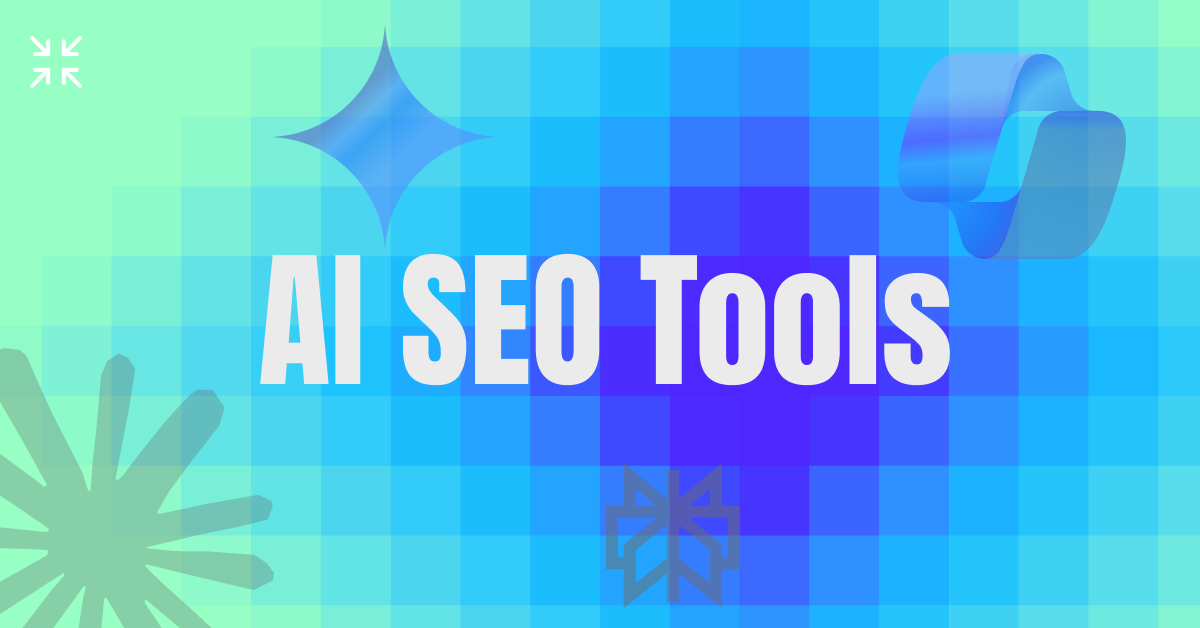How to Perform a DIY AI SEO Audit to Improve Your Brand Visibility in AI Search.
-
 Maciej Chmura
Maciej Chmura - 23 Jun, 2025

 Maciej Chmura
Maciej Chmura 
Before investing in AI SEO (GEO) tools, it’s critical to understand your current AI visibility baseline. This comprehensive DIY audit will help you identify immediate AI brand visibility issues, understand your AI presence, and decide if professional AI brand monitoring tools are necessary.
**Time Required: **2-3 hours **Cost: **Free **Tools Needed: **Access to different AI models (GPT, Grok, Perplexity, Gemini, Cloude)
 Business professionals expressing confusion about AI brand monitoring, asking questions like ‘Why we are not visible in AI?’ and ‘How to fix it?’ - illustrating common AI brand visibility challenges
Many business professionals express confusion about their AI brand presence, asking:
Business professionals expressing confusion about AI brand monitoring, asking questions like ‘Why we are not visible in AI?’ and ‘How to fix it?’ - illustrating common AI brand visibility challenges
Many business professionals express confusion about their AI brand presence, asking:
This audit addresses these common questions by guiding you through a step-by-step process to analyze your AI SEO health and improve your AI-driven brand reputation.
Many brands only realize they have serious AI representation issues when potential customers mention “hearing something” about their company through AI-powered research tools. Conducting this DIY AI SEO audit helps you:
This proactive audit is essential for brands that want to leverage AI search to attract new customers and maintain a positive, accurate AI brand reputation.
Run these exact prompts across AI platforms like ChatGPT, Perplexity, Gemini, and Microsoft Copilot:
Document for each response: ✅ Accuracy of basic company description ✅ Correct industry categorization ✅ Accurate founding date/location ❌ Any factual errors ❌ Outdated information ❌ Missing key products/services
Use product-focused prompts such as:
Red Flags to Watch For:
Check your brand’s ranking with these prompts:
Scoring System: Mention RankPointsTop 3 mention10Top 5 mention7Mentioned but not ranked3Not mentioned0
Test buyer-focused prompts critical for sales:
Watch for:
Reputation Prompts examples:
Evaluate:
Look for mentions of:
Ask:
Note the types of sources AI models cite when describing your brand Source Types:
Source Quality Assessment: ✅ Authoritative, recent sources ✅ Balanced, factual reporting ❌ Outdated information (2+ years old) ❌ Competitor-authored content ❌ Unverified forum posts
Check for missing or outdated info on your website:
Evaluate your main website pages:
Risk LevelDescription🟢 GreenAccurate info across AI models, top 5 category mentions, positive sentiment, recent sources🟡 YellowSome inaccuracies, inconsistent mentions, mixed sentiment, competitor advantage🔴 RedMajor misinformation, rarely mentioned, negative sentiment, outdated crisis info
Consider professional monitoring if:
Stick with DIY if:
Immediate Fixes (Week 1)
Short-term Strategy (Month 1)
Long-term Considerations (Months 2-3)
Audit ChecklistScore / NotesChatGPT brand description accuracy_ / 10Perplexity brand description accuracy_ / 10Gemini brand description accuracy_ / 10Grok brand description accuracy_ / 10Claude brand description accuracy_ / 10Mention in top 3 category searches_ / 5Mention in purchase intent queries_ / 5Positive recommendation tone_ / 5Negative tone presence**_ / 5Overall sentimentPositive / Neutral / NegativeMajor issues mentioned******__**Source recencyRecent / Mixed / OutdatedRisk LevelGreen / Yellow / RedNext Steps******____****
Knowledge is Power. This audit gives you crucial intelligence about your current AI brand presence. If you discovered significant issues, don’t panic—you’re ahead of most brands who haven’t checked at all. Remember: ❗AI brand representation changes constantly ❗Manual monitoring becomes impractical at scale ❗Early detection of issues prevents larger problems ❗Professional tools helps to prevent crisis prevention
If your audit revealed yellow or red zone issues, it’s time to consider professional AI SEO solutions that can track these metrics and provide you solutions to fix it.
**Ready to shape the future? **Generate one report for free and check what to focus on and how to fix the issues.